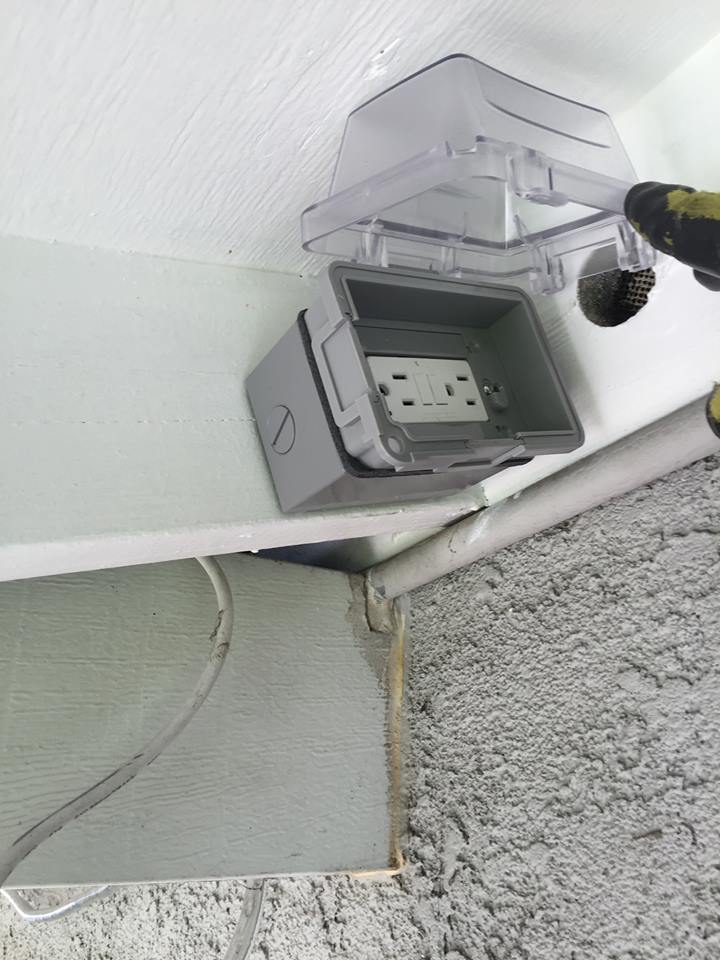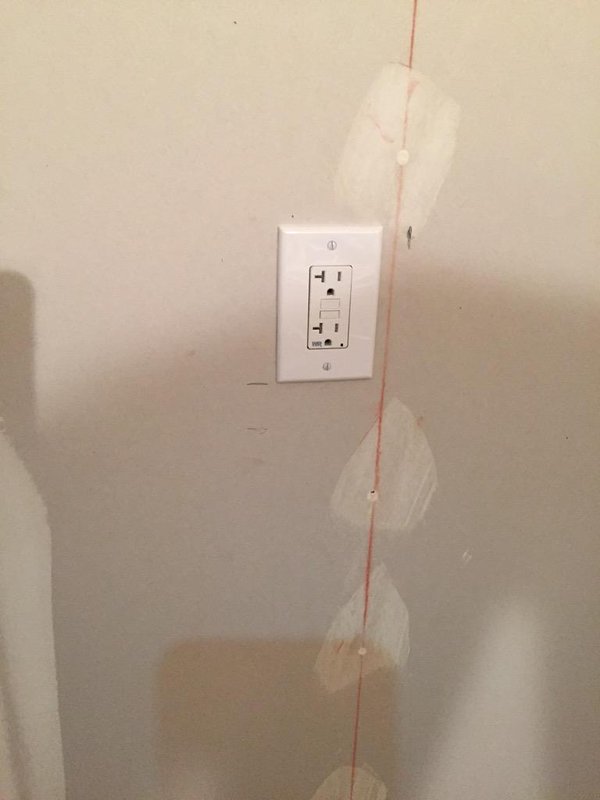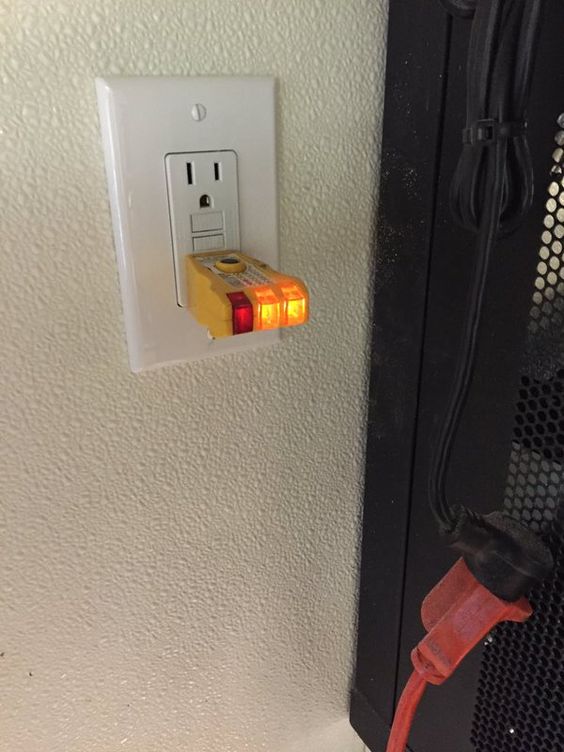 A ground fault circuit interrupter (GFCI), or Residual Current Device (RCD) is a device which shuts off electric power when it senses an imbalance between the current supplied and the current returning. The main purpose is to protect people from an electric shock caused when some of the current travels through a person’s body due to an electrical fault such as a short circuit, insulation failure, or equipment malfunction. Standard circuit breakers shut off power when the current is too high, like 10, 15, or 20 amps but a mere 0.030 amps through a body can cause paralysis of skeletal muscles and stop the human heart. The GFCI / RCD breaks the circuit when it detects an imbalance of only 0.005 amps (0.030 amps in Australia and some European / Asian countries.)
A ground fault circuit interrupter (GFCI), or Residual Current Device (RCD) is a device which shuts off electric power when it senses an imbalance between the current supplied and the current returning. The main purpose is to protect people from an electric shock caused when some of the current travels through a person’s body due to an electrical fault such as a short circuit, insulation failure, or equipment malfunction. Standard circuit breakers shut off power when the current is too high, like 10, 15, or 20 amps but a mere 0.030 amps through a body can cause paralysis of skeletal muscles and stop the human heart. The GFCI / RCD breaks the circuit when it detects an imbalance of only 0.005 amps (0.030 amps in Australia and some European / Asian countries.)
 Electrical sockets supply a flow of current which comes out of one pin of a socket, called “Line”, runs through an electrical device, and returns through the other pin “Neutral.” In many countries, such as USA, India and others, the “Neutral” is also connected to the earth (via a rod driven into the soil). If a person touches a bare “Line” wire, current can travel through the body to any part (like another hand or the bare feet) connected directly or indirectly to the earth, such as through metal such as plumbing pipes or through moist tiles or a bathtub full of water where the water acts as a conductor. Pure water is a poor conductor but in the kitchen or bathroom it is usually salty or soapy which increases the conductivity; but no matter, since it takes so little current to kill a person, even a poor conductor can result in a lethal shock.
Electrical sockets supply a flow of current which comes out of one pin of a socket, called “Line”, runs through an electrical device, and returns through the other pin “Neutral.” In many countries, such as USA, India and others, the “Neutral” is also connected to the earth (via a rod driven into the soil). If a person touches a bare “Line” wire, current can travel through the body to any part (like another hand or the bare feet) connected directly or indirectly to the earth, such as through metal such as plumbing pipes or through moist tiles or a bathtub full of water where the water acts as a conductor. Pure water is a poor conductor but in the kitchen or bathroom it is usually salty or soapy which increases the conductivity; but no matter, since it takes so little current to kill a person, even a poor conductor can result in a lethal shock.
The National Electrical Code (NEC) requires GFCI receptacles in today’s homes. GFCI receptacles are essential for safety, they’re inexpensive, and easily installed in moisture-prone areas.
 The NEC requires that GFCI receptacles be installed in bathrooms, kitchens, garages, unfinished basements, and outdoor areas.
The NEC requires that GFCI receptacles be installed in bathrooms, kitchens, garages, unfinished basements, and outdoor areas.
GFCI receptacles are designed to guard against electrical shock. If you’re not sure if you have GFCI receptacles in your home, they are recognizable by the ‘TEST’ and ‘RESET’ buttons on the outlet face. GFCI receptacles in your home should be checked about once a month.
to test the receptacle just press the ‘test’ button, then press ‘reset’ to restore power to the outlet.






